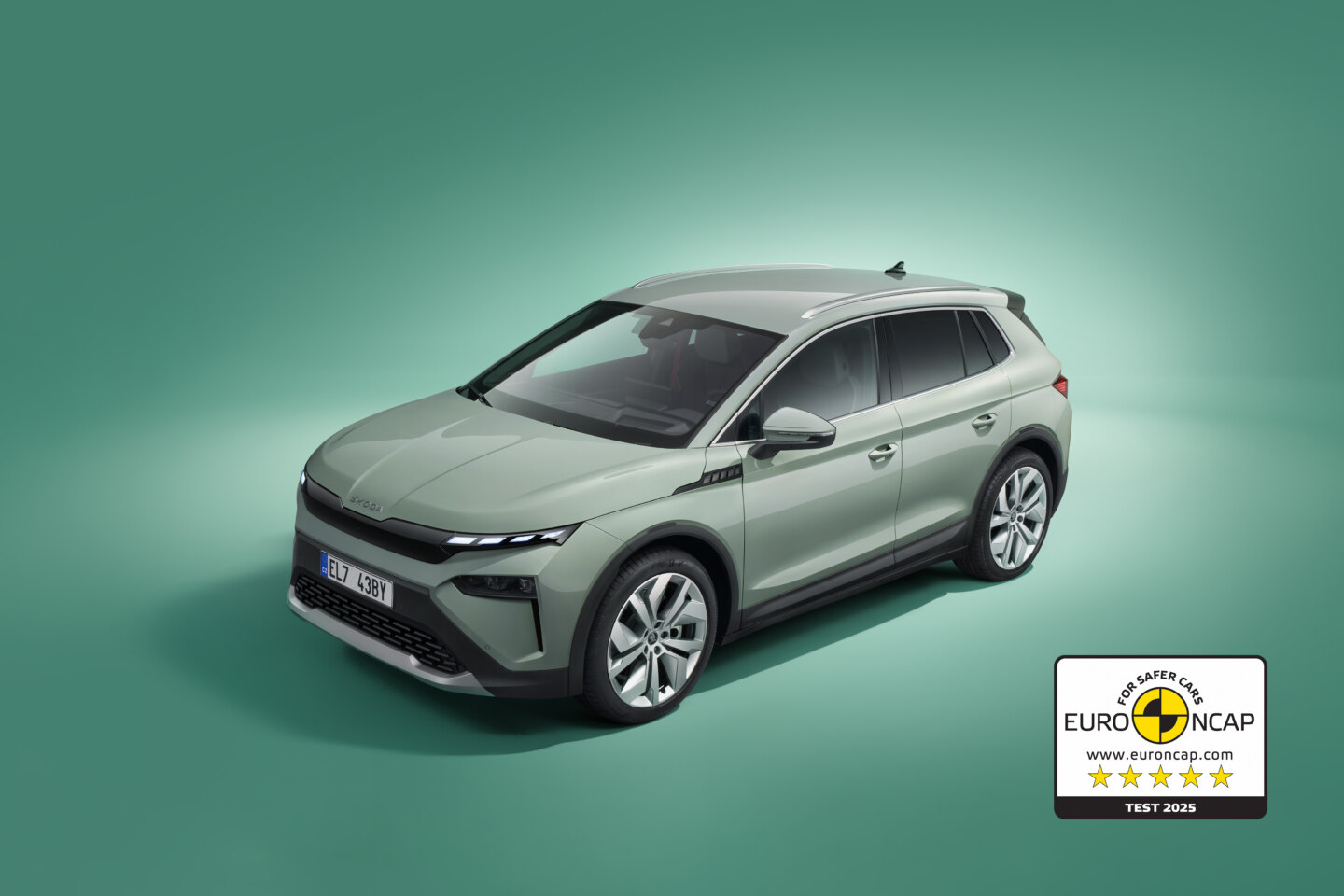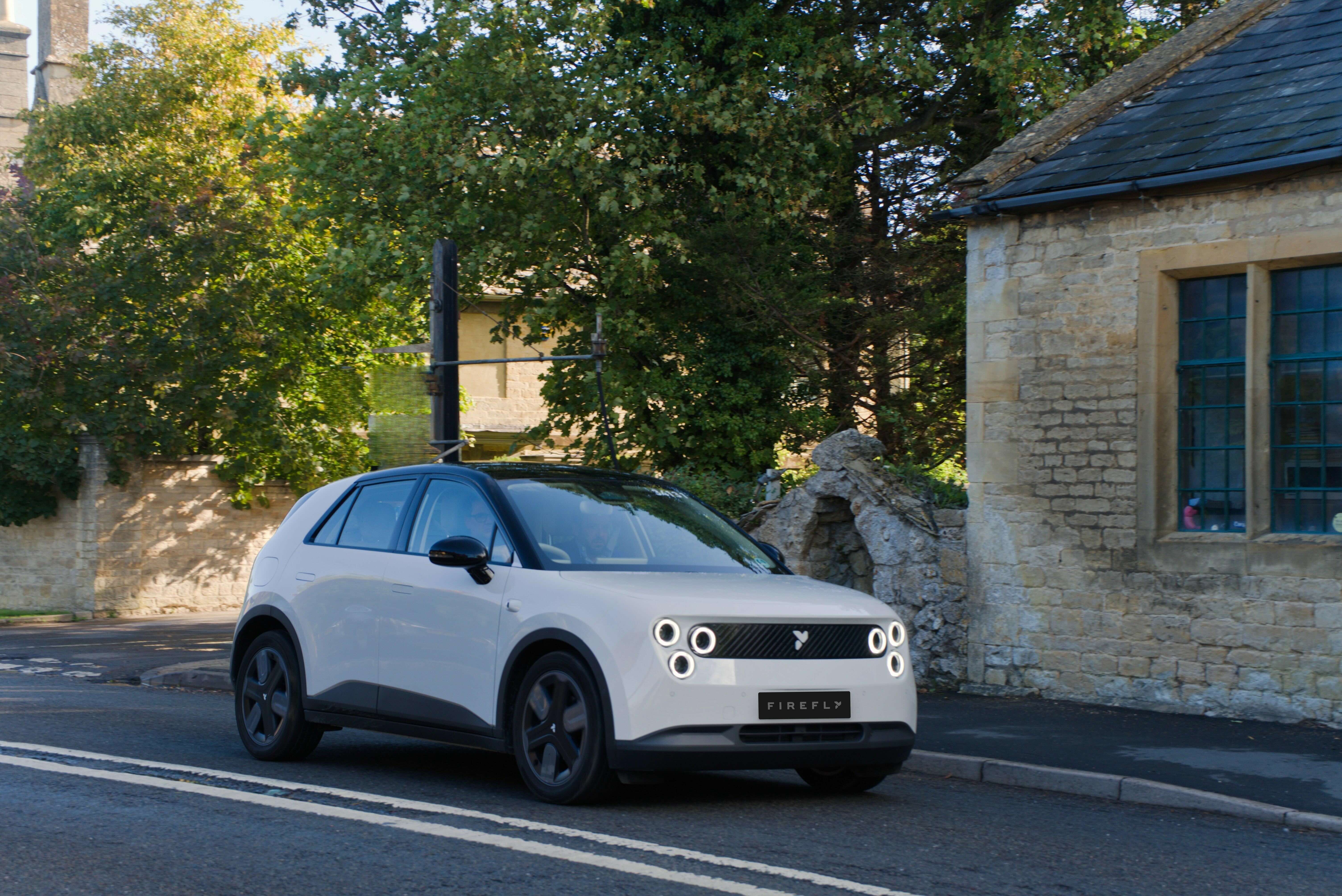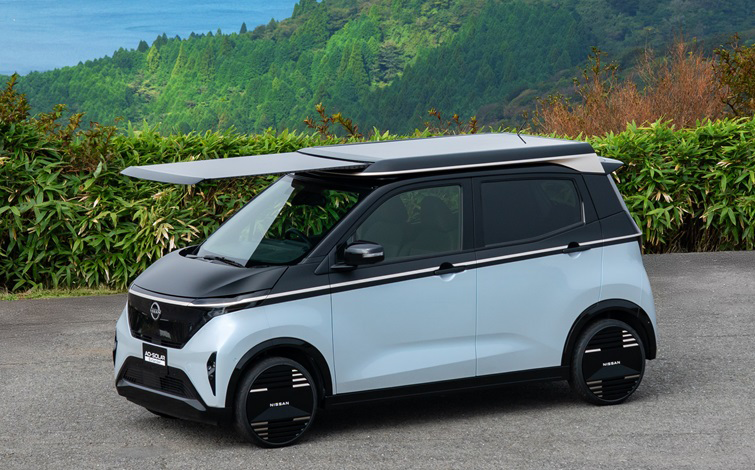Guoxuan is a Chinese battery cell maker known for producing the most energy-dense cobalt-free LFP (LiFePO4) battery cells.
Late last year this manufacturer reached a record-breaking energy density of 212 Wh/kg for a LFP battery cell, made with a LFP cathode and a silicon anode. Now, Guoxuan is providing more details about this pouch battery cell.
Battery cell specs
- Capacity: 55 Ah
- Voltage: 3,2 V
- Energy: 176 Wh
- Weight: 830 g
- Energy density: 212 Wh/kg
Moreover, Guoxuan has the goal of reaching 230 Wh/kg already during this year and 260 Wh/kg in 2022.
Guoxuan’s LFP battery cell evolution
- 2009: 95 Wh/kg
- 2015: 140 Wh/kg
- 2019: 190 Wh/kg
- 2020: 212 Wh/kg (191 Wh/kg at pack level with JTM)
- 2021: 230 Wh/kg (207 Wh/kg at pack level with JTM)
- 2022: 260 Wh/kg (234 Wh/kg at pack level with JTM)
#Guoxuan presents its 212 Wh/kg #LFP pouch cell that uses silicon based anode/pre-lithation tech, #China media citing company.
— Moneyball (@DKurac) January 9, 2021
Capacity: 55 Ah
Weight: 830 g
Cathode gram capacity: 150 mAh/g
Cathode compaction density: 2.4 g/cc
2021 Guoxuan target is 230 Wh/kg. pic.twitter.com/aAc4ElDAgC
Being an inherently safe battery chemistry, battery packs made with LFP (LiFePO4) cells don’t require much safety equipment, such as metal firewalls between cells or a complex TMS (Thermal Management System). This means that the GCTPR (gravimetric cell-to-pack ratio) for this battery chemistry is higher than what we have with NCM or NCA battery packs.
Guoxuan uses the JTM (Jelly roll-to-module) technology to achieve a record-breaking GCTPR of 90 %.
Let’s see what kind of battery packs can we have with the battery cell recently unveiled by Guoxuan.
Hypothetical battery pack 1
- Configuration: 136s1p
- Energy: 23,9 kWh
- Weight (cells): 113 kg
- Weight (pack): 125 kg (estimated from a GCTPR of 90 %)
- Cost: 1.915 euros (estimated with 80 euros per kWh)
Hypothetical battery pack 2
- Configuration: 136s2p
- Energy: 47,9 kWh
- Weight (cells): 226 kg
- Weight (pack): 251 kg (estimated from a GCTPR of 90 %)
- Cost: 3.830 euros (estimated with 80 euros per kWh)
Hypothetical battery pack 3
- Configuration: 136s3p
- Energy: 71,8 kWh
- Weight (cells): 339 kg
- Weight (pack): 376 kg (estimated from a GCTPR of 90 %)
- Cost: 5.745 euros (estimated with 80 euros per kWh)
Considering that Volkswagen is the biggest stakeholder of Guoxuan, we might see the German automaker adopting this technology soon.
More info:

